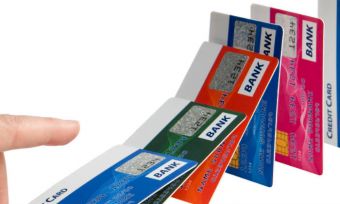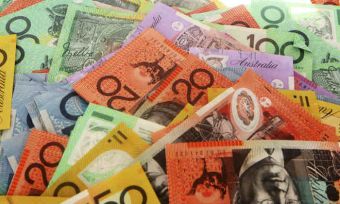Did you know that your bank loves its customers being in debt? That?s because debtors have to pay interest and that?s one of the main ways in which the bank makes money. So being in a manageable level of debt makes you a good customer.
Thanks to my business degree and my job with Canstar I?ve learned a lot about the banking industry. Love it or hate it, banks provide a service that all but the most extreme hermit need. The more you understand about how banking works the better you?ll do out of your interaction.
How banks make money
Banks are businesses that make money by buying and selling a product – called “money”. It?s not that different from making a widget. They make profit by supplying their product for more than it costs them to buy.
They “buy” money by borrowing it. When you deposit money in a bank account, you?re lending that money to the bank. It pays you interest in return for having the use of your money. To make money it lends that money to people, businesses and government organisations and receives interest. Just the interest is higher than the amount it?s paying to savers.
Tip: Banks like any business can be negotiated with.
Bank products
There are numerous products sold by financial institutions nowadays. The more common ones include:
Savings accounts
This was the earliest type of account offered by banks before fancy stuff such as chequebooks and credit cards came along. You simply deposit your money into savings accounts and leave it there until you need to take it out. The bank usually pays you interest on a daily, weekly, monthly, or annual basis.
Cheque accounts
These accounts called “cheque”, “current” or “transaction” accounts are the place that you keep your day-to-day money. You take it out at the ATM with a card, use EFTPOS to spend it at shops and businesses, transfer online to other accounts, or write a cheque. Banks typically pay little or no interest on these accounts because they?re providing you with a service you need. In terms of cheques specifically, it?s interesting to note that their use has declined significantly over the past ten years or so.
Term deposits
If you agree to lock your money up from one month to five years the bank will pay you a higher rate of interest on your savings. Given our currently-low official cash rate thought, it?s still not a particularly high amount. Click here to compare current term deposit rates.
Personal loans
Need to buy now and pay later? With a personal loan the bank lends you money and you pay interest in return. Personal loans are often used to buy cars, set up a flat, move house, pay for school fees and many other purposes. Usually you need to pay the loan back over three to five years. Find out more about personal loans here.
Home loans
Also called mortgages. Providing you have a deposit – usually at least 20% – the bank will lend you all of the rest of the money you need to buy the home and you pay interest on the loan. Usually you?ll pay the money off bit by bit each month over 25 years. You can compare current home loan rates here.
Credit cards
Our little plastic friends allow us to buy goods before we earn the money to pay for them. We pay interest on the money we spend – after the interest free period is up. Remember, not everyone carries a credit card balance – although Australians collectively are currently paying interest on around $33 billion of credit card debt. Plenty of my Gen-X friends think credit cards are bad. There are some though who use them solely for the reward points and always pay the balance in full each month. It?s also possible to get debit cards that still allow you to buy goods online, without getting into debt.
There are plenty of other products sold by many financial institutions, including a range of general and personal insurance, financial planning services, superannuation platforms and more. According to a research paper published by The Australia Institute in 2010 (A licence to print money: bank profits in Australia) for every dollar spent in Australia, three cents ended up as pre-tax profits of the big four banks. That?s an impressive cash cow!
Happy banking from Canstar.








Share this article